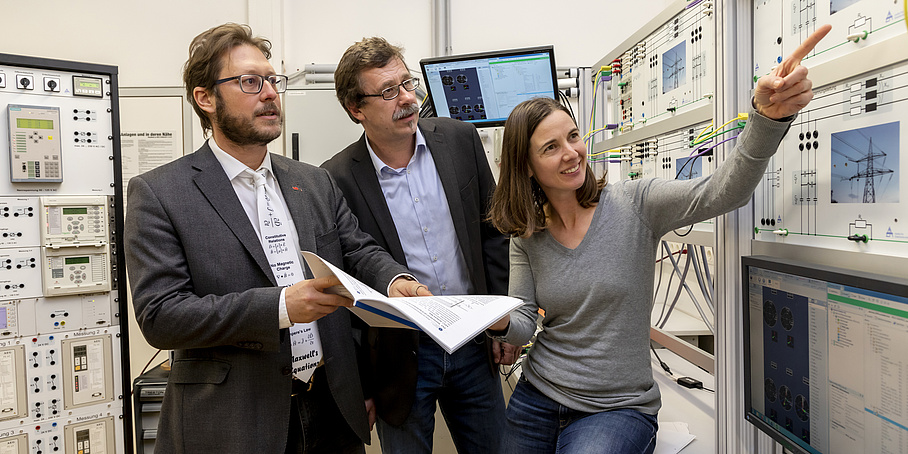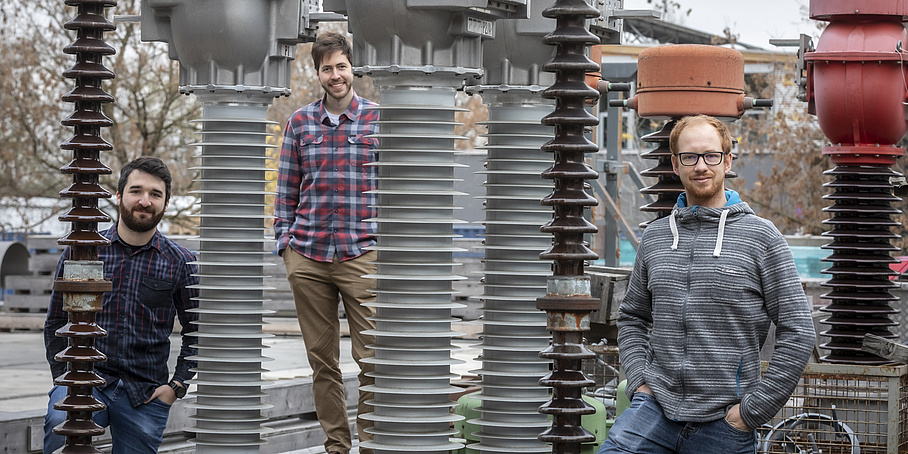If the power supply collapses on a supra-regional level for more than several hours, this is called a massive power outage or blackout. The consequences are far-reaching. Supermarkets and shops close because checkouts, refrigeration and supply chains no longer work. Internet, computers, mobile phones, TV and radio don’t work. Petrol pumps and trains stop working. Cash points no longer disgorge banknotes, food is no longer refrigerated, hospitals go into emergency power mode. The heating stays off and the nights remain dark.
But how likely is this scenario in Austria and what are the possible causes of a blackout? How do stress tests of our electricity infrastructure work? How is the electrical grid restored after a blackout? Will our power grids become more unstable due to the increased feed-in of energy from renewable sources? And how well are power stations and energy infrastructure protected against cyber attacks?
In this dossier, researchers at TU Graz provide their expertise on these and similar questions.
What happens during a blackout?
We are all familiar with power outages – but fortunately widespread outages are rare. This is due to a sophisticated balance of generation and utilization. But what happens when the lights go out in spite of everything?
When will Austria experience a blackout?
Electrical energy dominates daily life. Without it, life would be … on the dark side. The fear of a large-scale blackout is great. But how great is the danger for Austria really?

Between Electrical Engineering, Ballet and the Energy Supply of the Future
She matriculated in Chinese, is a state-certified ballerina and an award-winning doctoral student at TU Graz. Carina Lehmal on her soft spot for electrical engineering and how she is involved in the expansion of renewable energies.
Solar storms as danger for the power grid
Power cuts have a wide variety of causes. Mostly we think of damaged power lines due to wind and weather or unplanned power surges that overload the grid. But solar storms can also lead to them.



